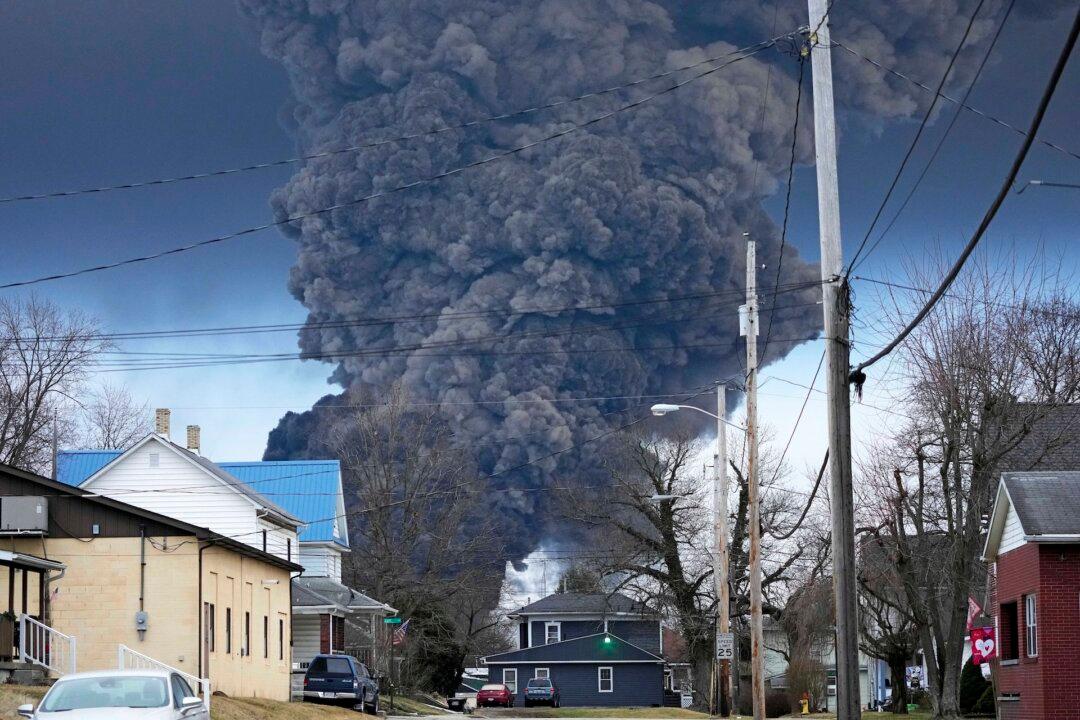Blackhawk School District in Beaver Falls, Pennsylvania, says its students and staff have suffered medical problems that include rashes, eye irritation, and respiratory problems since the Feb. 3 Norfolk Southern train derailment and chemical disaster in East Palestine, Ohio.
The district, which has school properties located within 15 miles of the derailment, says the disaster also caused the loss of use of its properties, the contamination of soil and water, and the need for future monitoring of its property, soil, and water.





